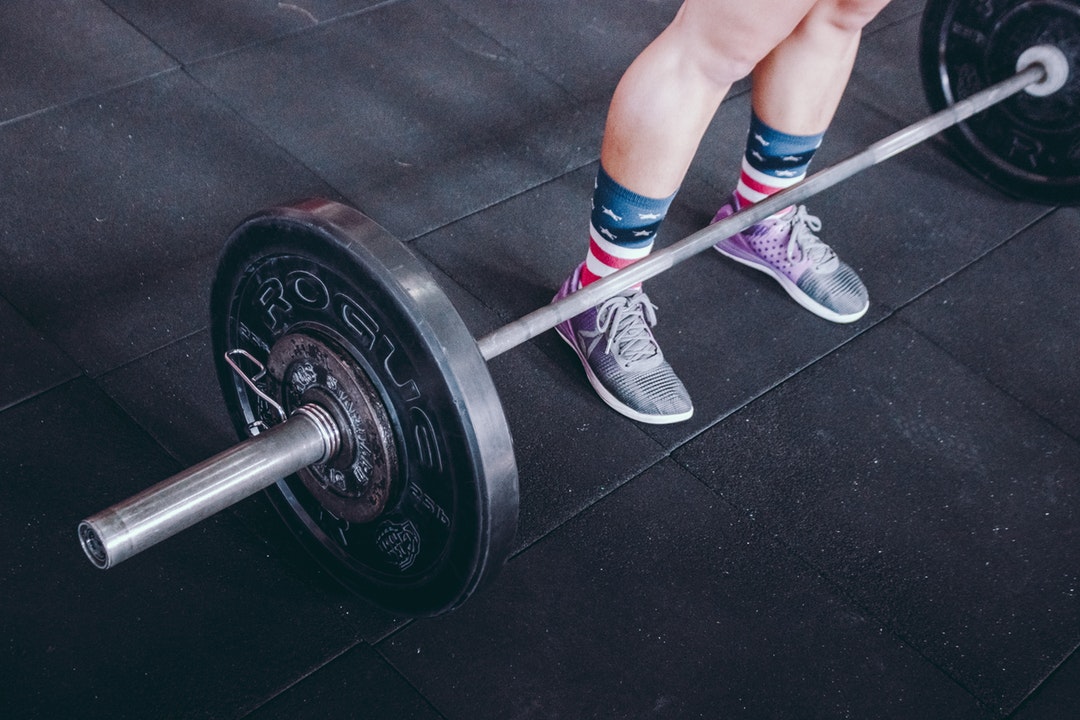Resistance Training and Strength for Women
Resistance Training Rules
If running and yoga are the cornerstones of your fitness plan and you aren’t seeing the results you want, try resistance training
Maybe you’ve thought about lifting weights. Maybe you’ve even done some dumbbell curls or picked up a barbell.
Every time you hit the iron though, you feel unsure, insecure, and a little fearful.I’m sure you’ve heard the horror stories:
Lifting heavy weights makes women bulky, it’s dangerous, once you have muscle, you can’t stop lifting or it will all turn to fat and it will turn you into the Incredible Hulk
That’s rubbish, and it feeds into ideas that are keeping too many women from experiencing the profound benefits of resistance training.

Ladies, Lift!
It’s time to put that fear and uncertainty aside. The fact is lifting weights does none of those awful things. What it does is help you develop a healthier, stronger body.
All of us want to feel strong, determined, and confident in everything we do: from fitting into jeans, to moving heavy furniture, to playing with kids, to dealing with a stressful career.
When you consider your fitness objectives, you may be surprised to learn that that strength training will not only help you reach them, but may reach them faster than performing cardio exercise alone.
Yoga and the treadmill can have their place, but they’re not enough.
Here are eight reasons you should prioritise strength training in your fitness regimen!
1. More Effective Fat Loss
Although many people consider weightlifting only a means to add size, when contrasted head-to-head against cardiovascular exercise, resistance training comes out on top in the battle to burn calories.
The huge advantage to weight training is your body’s ability to burn fat during and after exercise.
After a heavy bought of strength training, you continue to consume additional oxygen in the hours and even days that follow. This is known as excess post-exercise oxygen consumption, or EPOC.
When your body uses more oxygen, it requires more caloric expenditure and an increased metabolic rate.
2. More Muscle, More Calorie Expenditure
As you increase strength and lean muscle mass, your body uses calories more efficiently.
Daily muscle contractions from simple activity to something more strenuous contribute to how many calories you burn in a given day. Sitting burns fewer calories than standing; standing burns fewer than walking, and walking burns fewer than strength training.
The more muscle contractions you experience during a day, the more calories you’ll burn.
If you have more lean muscle mass, you’ll have more muscle contractions and thus burn more calories.
3. Curves
As you build muscle, your body begins to take a nice shape. Though endurance exercise can help you lose weight, that weight comes in the form of both fat and muscle tissue.
If you’re losing both fat and muscle, you can lose those lovely curves as well.
Strength training will help create and sustain muscle tone
4. Quality Sleep
Strength training greatly improves sleep quality, aiding in your ability to fall asleep faster, sleep deeper, and wake less often during the night.
Morning resistance training or high intensity training has been shown to greatly affect the quality of sleep and lengthens the time of sleep the night after training.
5. Increased Energy
Resistance training causes an increase in energy expenditure hours after you train. A study published by the National Institute of Health suggests that the chronic increase in energy expenditure, even after a minimal resistance training session, may favourably effect energy balance and fat oxidation.
6. Heart Health
Pumping iron can reduce your risk of heart disease and was approved as a healthy form of exercise for those at risk from the American Heart Association. It has been found that those who lift weights are less likely have heart disease risk factors such as a large waist circumference, high triglycerides, elevated blood pressure, and elevated glucose levels.
Another study conducted by researchers in Brazil found that though the heart rate increased in patients during heavy bouts of training, their blood pressure and resting heart rate were significantly lower the following morning.
7. Bone Health
As you age, you are at risk of losing both bone and muscle mass. Postmenopausal women are at a greater risk for osteoporosis because the body no longer secretes oestrogen.
Resistance training is an excellent way to combat loss of bone mass, and it decreases the risk of osteoporosis.
8. Stress Relief
Exercise in general is a great way to manage stress.
Researchers have consistently found that those who regularly strength train tend to manage stress better and experience fewer adverse reactions to stressful situations as those who do not exercise.
In addition, resistance-training studies on older adults show that moderate intensity weightlifting improves memory and cognitive function.
Resistance training can benefit in all aspects of your life.
